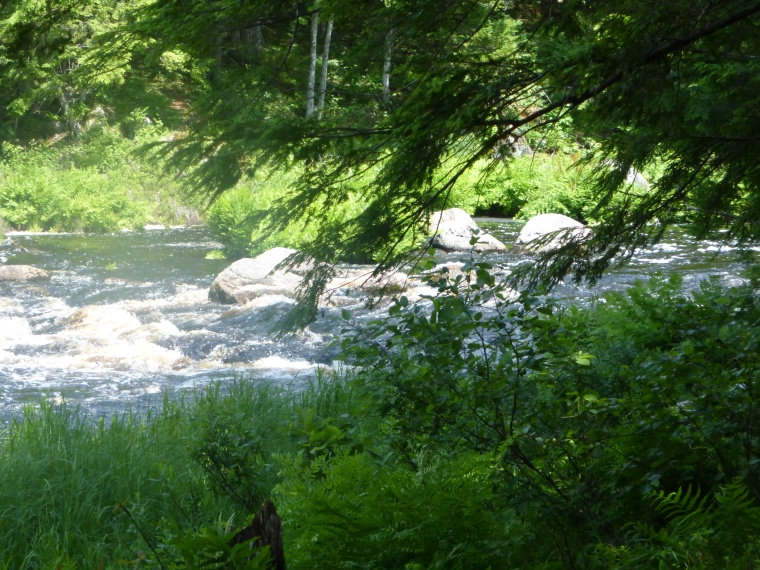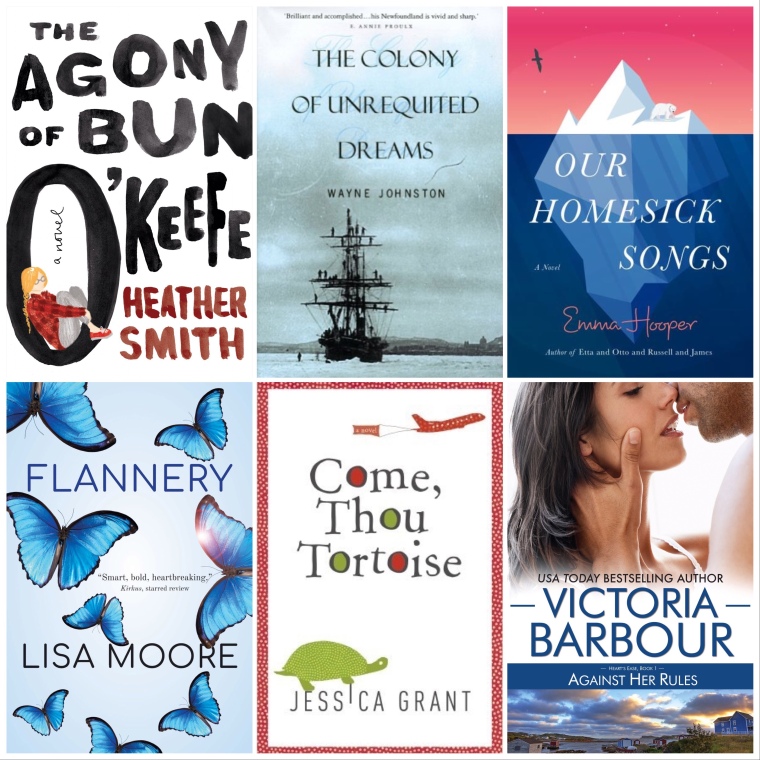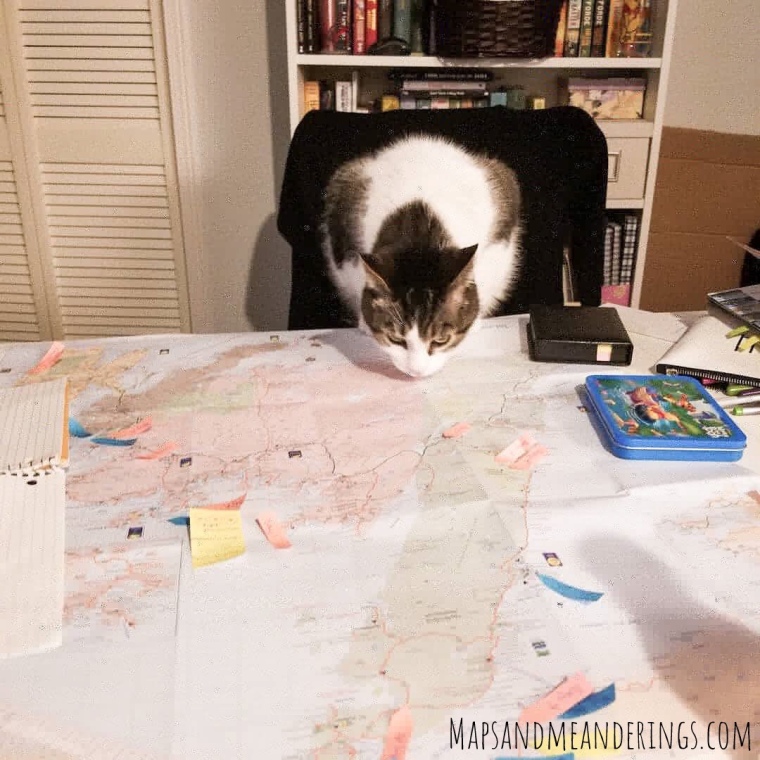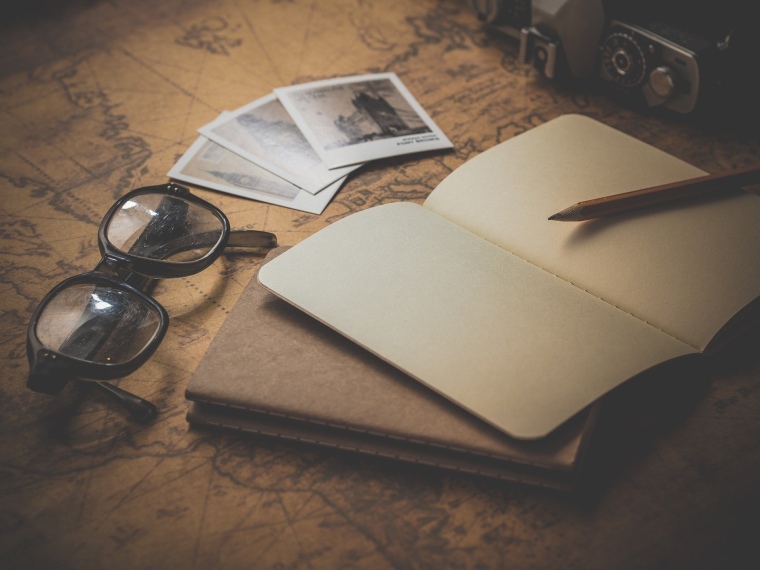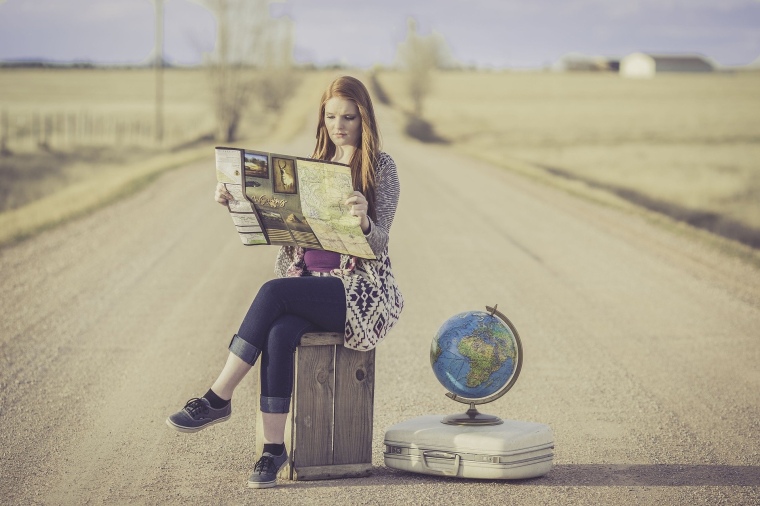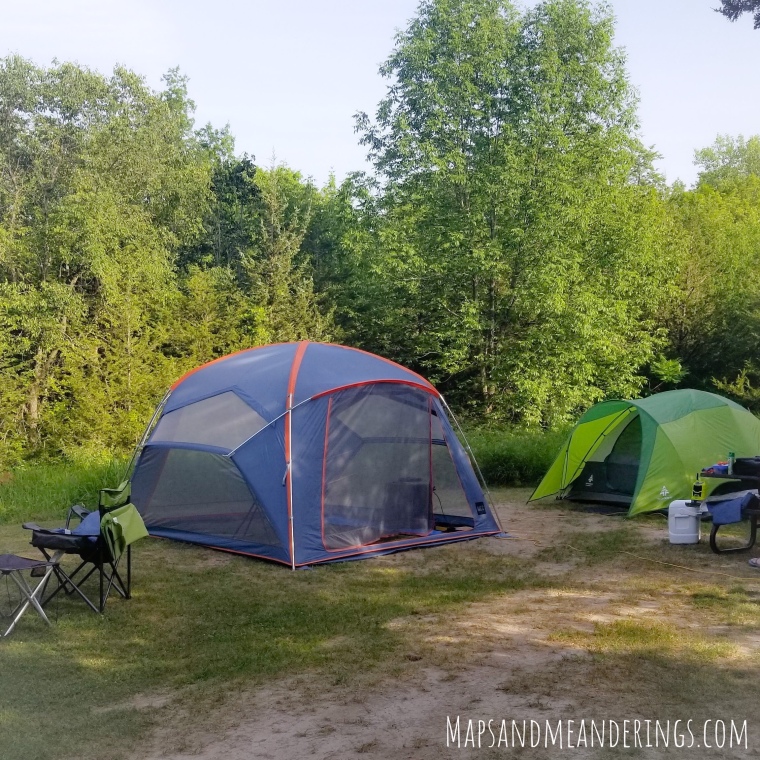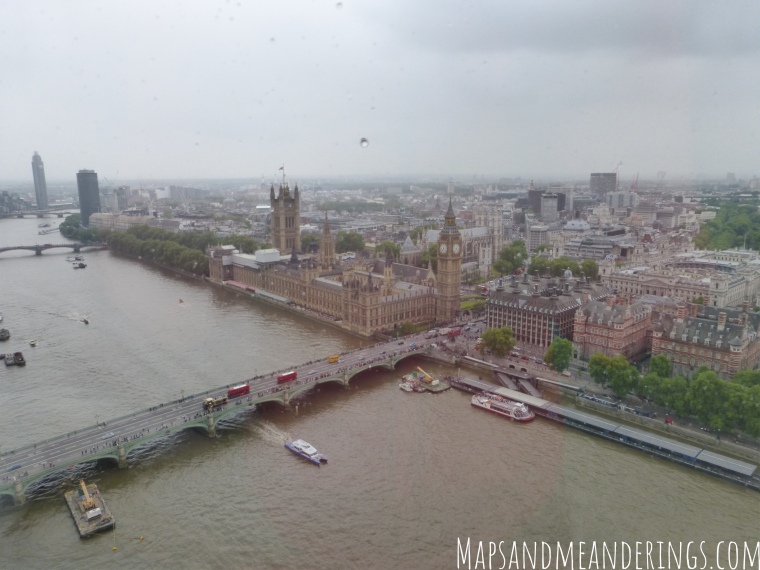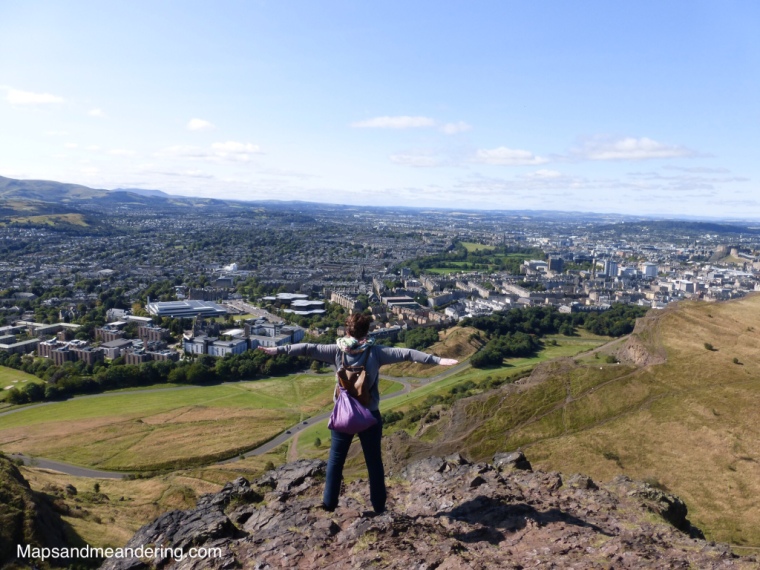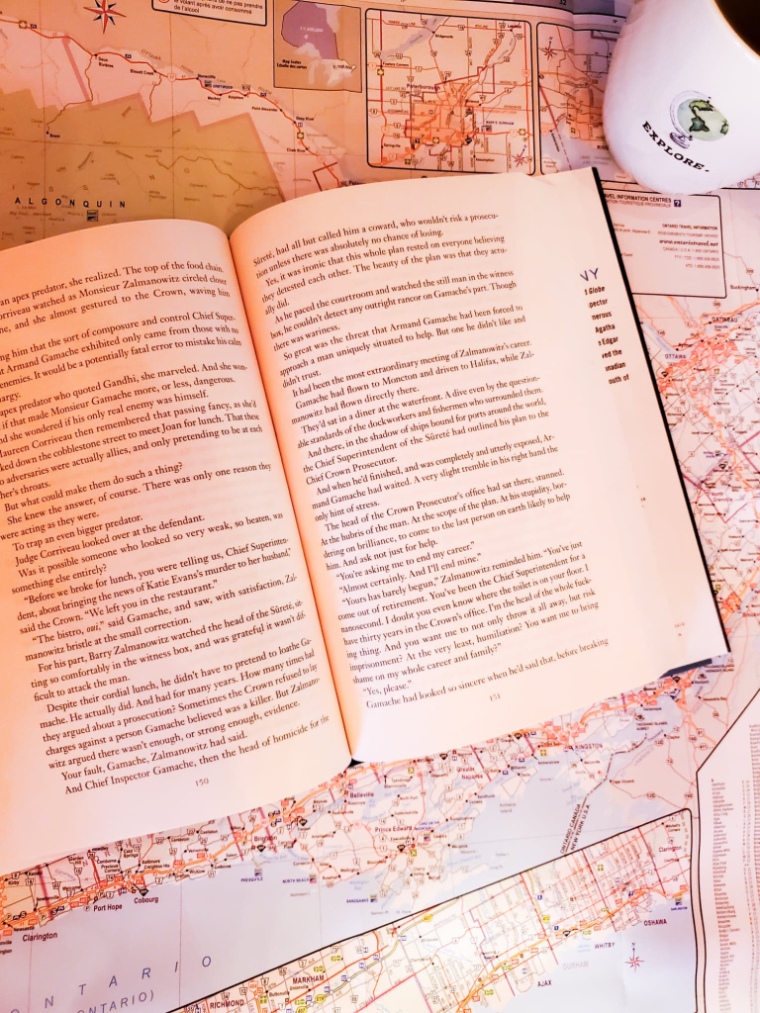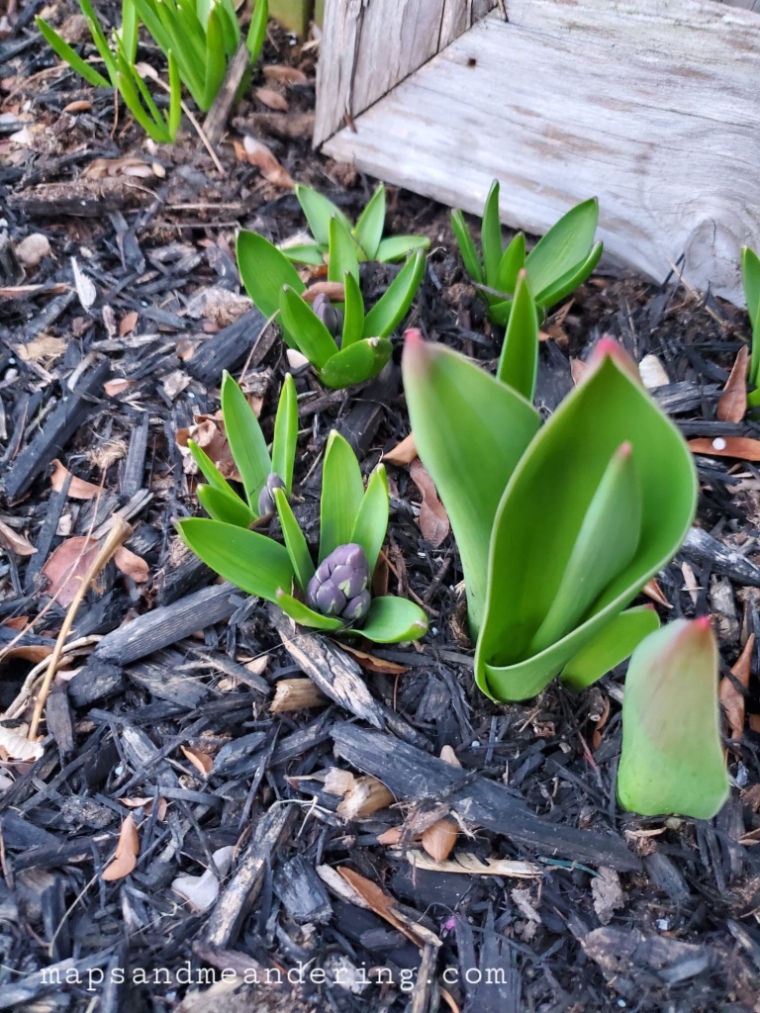About two weeks ago, just when I was finally going to sit down and start cancelling things for our trip to Newfoundland, I got a call from the hostel we had booked for St. John’s. The caller asked if we were still planning on our trip, and he informed me there was a chance we might not need to cancel if we were still interested in visiting. After months of being told that Newfoundland would not be open this summer, there’s now a chance that’s going to change.
As it stands at the time of writing, Newfoundland has opened it’s borders to the ‘Atlantic Bubble,’ so residents of the 4 Atlantic provinces are free to travel between those provinces with no quarantine period required. Depending on how things go with this level of re-opening, there is a chance that the borders may open to other provinces as soon as July 17th. Nothing is confirmed, and at this point, there’s about as much chance of the borders not opening as there is that they will open.
This possible re-opening brought up many questions in terms of our trip. Before this announcement, it was simple. Closed borders meant the trip was off, end of story. Now we’ve been wrestling with the question of whether we should travel, along with questions about what aspects of our trip would need to change if we did end up going. One thing was certain, it would be a different trip than it would have been pre-Covid 19.
I started writing this post a week ago, and at the time, we were considering taking the trip if it was allowed. As you’ll see below, I struggled quite a bit with whether that was the right decision or not, but we were leaning towards trying to make it work. Since then, we have decided to cancel the trip regardless of whether the borders open. I’ll go into this decision more below, but it became clear that there was just too much that we weren’t going to be able to do. And if we only get to Newfoundland once in our lives, we want to do as much as we can on our list.
In light of this decision, I considered scrapping this post. But I realized that the decision on whether or not to travel isn’t going away in the near future. I think the following considerations are going to be relevant as part of trip planning for a good while still – whether you’re planning distance travel or sticking closer to home. I think that these are things anyone who is considering travel in the next few months should think about.
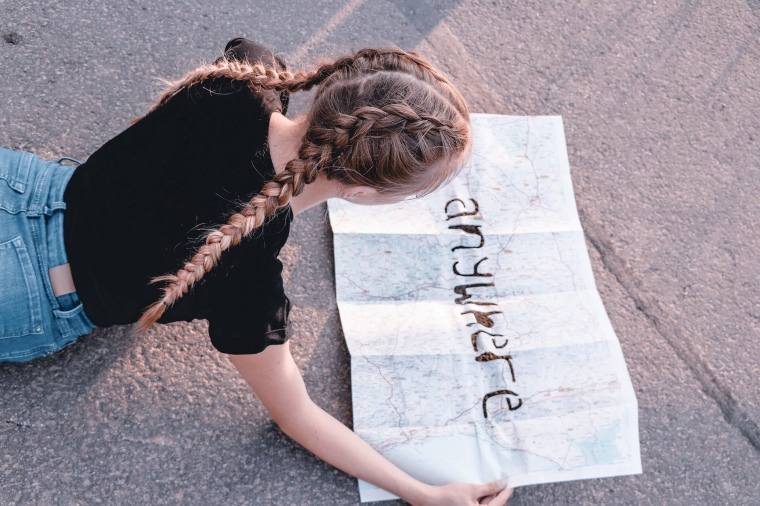
1. Should we Travel/Is it Safe?
This is by far the biggest consideration, and all the others hinge on the answer to this question. This is also the most difficult question to answer, and people are going to answer it in different ways, for many valid reasons. There are some who will say that any level of travel is too risky. And there will be those who believe there is no risk at all. Personally, I fall somewhere in between.
In many ways the answer to the question is no. It isn’t safe. There are risks. And thinking about those risks can be scary and make it seem like the only answer is to cancel. But then, aren’t there risks involved in everything we do and every trip we take? Every time we leave the house there’s a chance something could go wrong, and that someone could get sick or injured.
So what do we do? How do we manage the risks specific to this time and this pandemic? How do we find a balance between living in fear and living recklessly?
Eventually, we will need to figure out what it means to live with Covid-19, and to travel within this reality. In considering trips, we will need to decide what is an acceptable level of risk and what is an unnecessary risk. I think destination and type of travel are big factors. I also think the answer will vary at different points between now and the ‘end’ of this pandemic.
I don’t know the right answer. As someone who who agonizes over big decisions, and the “what ifs,” this has been a difficult question for me to navigate. Dwelling on all the things that could go wrong is no way to live, but neither is pretending there aren’t risks. I think the key will be to make the best decisions we can under the circumstances, remain cautious and vigilant about safety, and always look to give others grace as we all do the best we can.
2. What Itinerary Changes are Necessary?
Anyone going forward with pre-planned or new trips, over the next few months will need to consider itinerary changes. Chances are that not everything you had hoped to do will be possible. For us, these changes ended up pushing us to the final decision to cancel. There were many changes that we were fine with, but as the changes to experiences started to pile up we realized that it wasn’t going to be worth it. We had crossed off too many things on our “must do in Newfoundland” list.
One of the difficulties in setting an itinerary right now is that we are living in an ‘only time will tell’ situation. Just because something is closed right now doesn’t mean it will still be closed a week or two from now. And just because it’s open now, doesn’t mean it still will be in a few weeks. This makes it difficult to finalize plans. Depending on the type of trip you are looking to take, this might not be a problem for you, but it is important to take potential cancellations into consideration.
Your trip might be different than in other years. But different doesn’t need to mean worse if you can accept some of the uncertainty and the need to be more flexible in building your itinerary.
3. Meal Considerations
We always include both eating out and eating at our accommodations when we travel. Often we have a few pre-planned meal stops for specific restaurants that interest us, but we typically plan our meals on a day-to-day, or even meal-by-meal, basis. If you plan your meals anything like we do, it might be worth it to spend a bit more time pre-planning this year.
One thing to consider when planning your meals this year is the decreased restaurant capacity. You will most likely need to make reservations, or call ahead at the very least. It is also possible that restaurants will have reduced hours, and some may not be open at all. I would suggest that it also might be a good idea to plan more take out meals or eat more often at your accommodations.
Another thing to consider is planning your grocery trips wisely or taking your food with you. If you are planning a camping trip or a road trip, it would be a good idea to pack as much food as you can to take with you. The fewer shopping trips you need to make on your trip, the better. Making meals work while travelling during Covid-19 is going to take a balance of careful planning along with increased flexibility when booking restaurants.
4. Maintaining Social Distancing
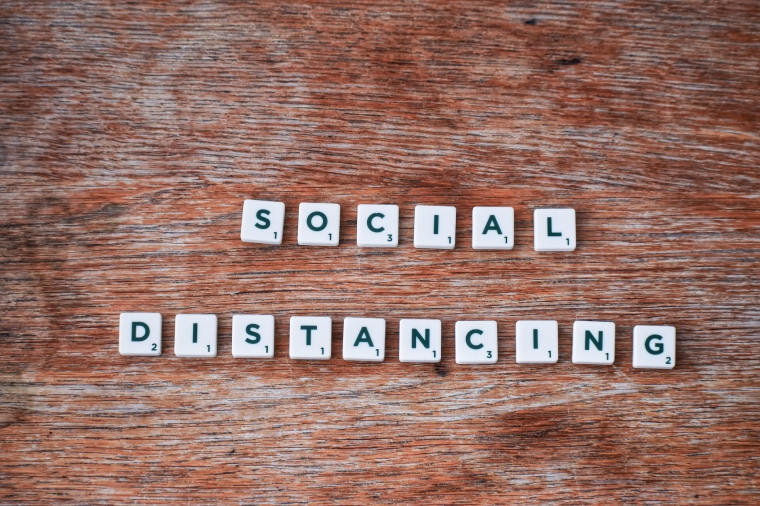
If you’ve heard it once, you’ve heard it a million times – social distancing. One of the things to consider with any trip you take right now is how many people you are likely to be in contact with throughout the trip. Part of the reason we even considered going ahead with our trip was because it had a degree of social distancing already built in. Though we were flying to get there, after that, we were renting a car and road tripping.
This is a good year for trips like road trips or camping – as evidenced by the number of people suddenly buying and renting RV’s and campers. You can bet that if we had our trailer this year we would be camping. Though showers aren’t typically available at campgrounds yet, camping is still a good option to maintain social distancing while enjoying the outdoors and getting away from everyday life.
Whatever type of trip you decide to take, it is important to consider how you’re going to practice social distancing – both for yourself and for any of the people you come into contact with. You may not be concerned about this contact, but others might be, and it is always a good idea to be a kind and compassionate traveller.
5. New Items on your Packing List
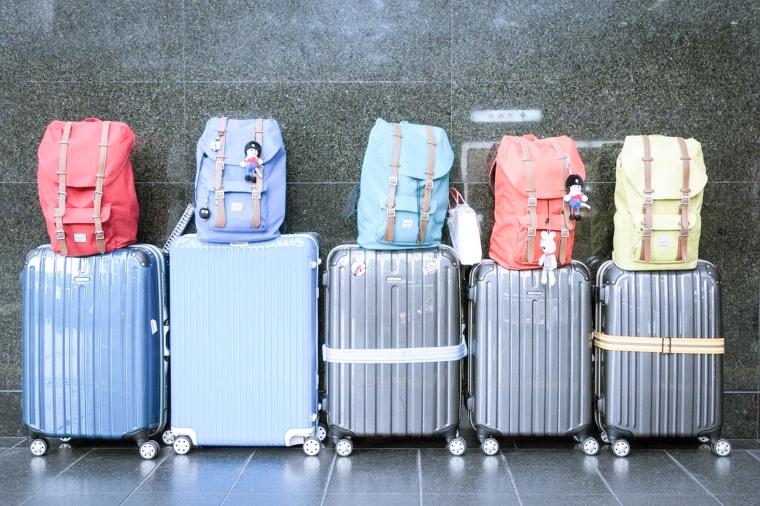
In some ways this is a more minor consideration, but it is an area where there are both notable and important changes. While each trip requires it’s own unique packing list, this was the first time I ever included masks on a packing list! This year, masks are as essential as toothbrushes… more so even, since they’ll let you on the plane without a toothbrush but not without a mask.
You’ll also likely need to pay more attention to cleaning and sanitizing supplies, as well as hand sanitizer. It’s always a good idea to be conscious of cleanliness while travelling, but this year that is even more true. Even if you’re not a fan of cleaning wipes or hand sanitizer, like we’re not, it’s worth packing both this year.
These are the main things we considered as we were deciding whether to go ahead with our trip to Newfoundland. It’s going to take some time to figure out how to live in this new reality, and what travel is going to look like going forward. And this process will involve stepping out into the unknowns. But that’s not new. Life has always been filled with unknowns.
What about you? Are you considering any trips in the upcoming months? Are there any considerations that you would add to this list?
Until next time,






